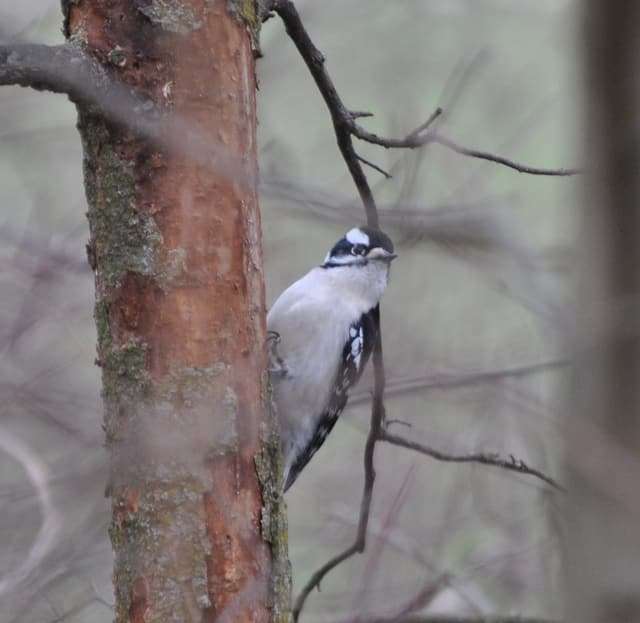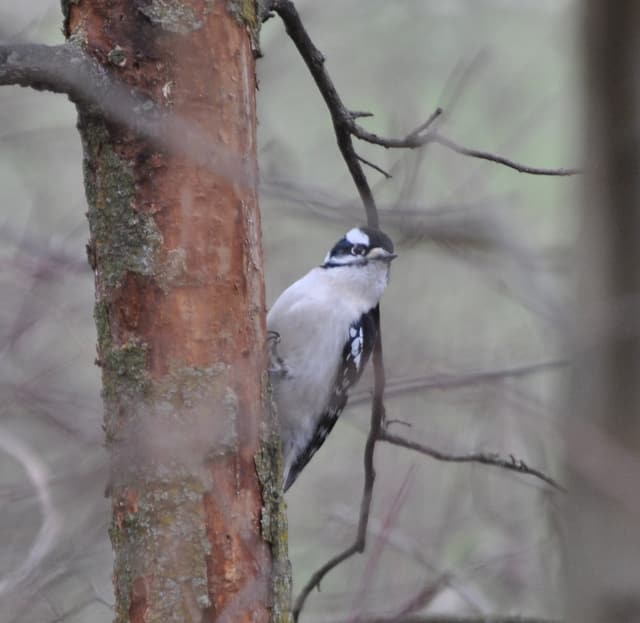

I blame it all on Google.
I typed in “turkeyfoot ohio” into Google Maps full well expecting to be led directly to Turkeyfoot Point at Indian Lake in northwestern Logan County. The fact that I’ve been to Turkeyfoot Point at Indian Lake about a zillion times makes no difference. They might have moved without telling me. My parents did the same thing for years.
But Google Maps instead plotted me a course to the unexplored hinterlands of Darke County, some 50 miles west of where I live. As a condition of my probation (of which I will comment only that Lima, Ohio and Lima, Peru are two very different places), I must follow Google Maps wherever they happen to lead, even if it happens to be the dangerous wilds of Darke County, Ohio.
For once Google led me to a place that didn’t involve passports, border searches, and customs hassles, instead taking me to Turkeyfoot Preserve, a 60-acre delight of a park located about a par-12 southwest of the pretty city of Greenville, Ohio. It is here that visitors will find one of the tiny plots of nature that have otherwise been virtually wiped out since the population explosion on the North American continent following Chris Columbus’ little jaunt across the Atlantic over five centuries ago. It is here where the years following last Ice Age and the Industrial Revolution can be found moshed up against one another, an anomaly of geology and technology jammed into 60 acres.
Visitors to Turkeyfoot Park will immediately notice the man-made railroad right-of-way that was abandoned years ago. The entrance off Bishop Road follows the old line where baby-boomer woods have jumped up on either side. A few old-fashioned telegraph poles complete with glass insulators, railroad ties, and other human oddments are strewn about the right-of-way on either side of the well-maintained and wide path.
After a quarter-mile or so, however, the trail hangs a louie, taking hikers 30 yards to the west and 5,000 years into the past. Here lies 50-odd acres of chest-high grass and wetlands, such that were found throughout western Ohio fifty centuries ago. Of the ten of thousands of square miles of prairie – and the unique plants and animals that depended on such an ecosystem – which covered western Ohio prior to the introduction of modern farming techniques, only about one percent of its remains in Ohio, much of it at Turkeyfoot Park.
But as this is the dormant season for the vast majority of prairie flora and fauna (plus it was bracingly cold with a 20-MPH west wind), I made a mental note to return to the prairie this spring when the wildflowers are out and the risk of frostbite is much lower.
Google was good enough to give me a heads-up about the excellent birding opportunities to be found at Turkeyfoot Park and is – the truth be told – the reason I packed a bag for Darke County this past Thursday. As a long-time birder (“bird-watchers” can be found at poultry processing plants and construction jobs; “birders” observe avians in the wild), I took the binocs and camera along and am glad I did.
Many songbirds that hang in Ohio for the spring and summer months head for the Florida Keys for the winter, but dozens of species make Turkeyfoot Park – indeed all of Ohio – their home year round, and that was very apparent five minutes after I stepped into the park. Along with the photos of the birds that accompany this article, also spotted were cardinals, titmice, chickadees, and various species of sparrows during the hour I visited the park.
Birders generally keep ‘life-lists’ of the different species of birds they have personally see with their own two eyes. Those birds spotted on the Discovery Channel while you’re eating a bowl of ice cream don’t cut it, unless you were watching the telly and eating that ice cream while tracking through the jungles of the Amazon or central Darke County.
That being said, Turkeyfoot Park is an excellent place for beginners to start ticking bird species off their life-list. A field guide is a must, and an cheap-o pair of binocs are a great help. Some birds are easily recognized (cardinals, blue jays), but the field guide will help one differentiate between the smaller and more skittish avians (titmice, chickadees).
Winter birds have to come to ground level to feed, so keep your eyes open for movement in the scrub and new growth, rather that scanning the treetops. Also, try and keep still and keep your ears open as one will often hear a bird before seeing it. Some birders do so by ear, but the only bird call I recognize comes from the pileated woodpecker, which sounds a lot like a crow. On steroids. With a bullhorn.
Surprisingly, Turkeyfoot Park is maintained by the Darke County Parks (www.darkecountyparks.org) rather than by the ODNR or the Division of Natural Areas and Preserves (as I first presumed), and the county does a wonderful job with it, as the trail along the old rail line is wide and well-maintained, while the prairie has a number of bush-hogged trails and an observation platform which, admittedly, is much more interesting when the temperature is above 60 degrees.
Pets are welcome at the park, but must be kept on a leash and droppings must be collected. The trail that follows the old rail line is wheelchair assessable, but keep in mind that the gravel trail is uneven and subject to the tender mercies of Ohio weather conditions, so those confined are advised to bring a friend.
Google also suggested several other places in Darke County that might be of interest to a amateur naturalist like myself, but I have to be careful. I Googled Prairie Ridge and got directions to Raleigh, North Carolina. Maybe I’ll hit the one in Darke County as soon as I get back from the Tarheel State. Google Map Probation sucks.


